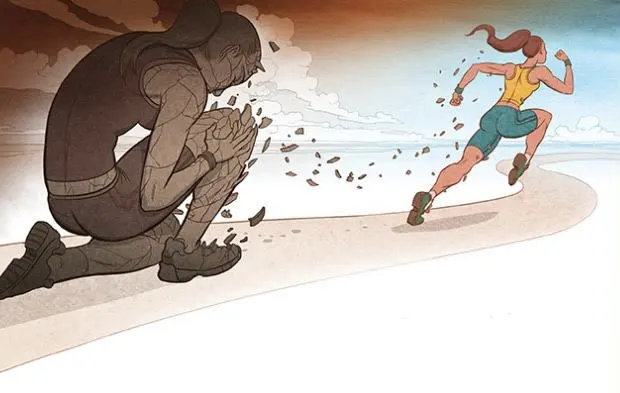Microplastics are everywhere. Everywhere! Microplastics can be found in your Starbucks drink, in your plastic takeout container, in the dust in your home, and in the air you breathe.
According to Green Queen, an organization that advocates for environmental change, “97% of children between the ages of 3 and 17 years-old have plastic and microplastic debris in their bodies.”This means that almost all children aren’t just exposed to toxic plastics, but already have them circulating throughout their bodies.
Microplastics are minuscule fragments of plastic, typically less than five millimeters in length, that infiltrate their way into anything and everything we see, breathe, or consume. When most people think about microplastics they assume that the material is not harmful and doesn’t actually affect us. But it does.
Microplastics have been found in marine organisms as well as the human body.
Where do Microplastics Come From?
Microplastics can be the debris from plastic pellets to synthetic textiles or the degradation of large plastic objects and material.The largest popular source of plastic in the human body is through plastic water bottles, plastic food containers and takeout food coverings.
When you consume items that were carried in plastic containers there is a high likelihood that you will absorb some of these plastic into your body. Tens of thousands of microplastic particles and material enter the average human body each year, and these tiny plastic particles are found floating around in the human bloodstream.
Recent reporting from The Guardian, a British newspaper, explains that a recent study by Professor Dick Vethaak, an ecotoxicologist in Amsterdam, “found that microplastics can latch on to the outer membranes of red blood cells and may limit their ability to transport oxygen.”
We, as humans, are potentially limiting our life span because of the material that we are creating and consuming on a wide scale.
The Largest Contributor to Microplastic Pollution
The single greatest contributor to microplastic pollution and distribution is synthetic textiles. Britannia explains that synthetic textiles and fibers are “man-made textile fiber produced entirely from chemical substances.” These fibers are cheaper to make and easier to produce in less time compared to their more ecological counterpart, natural fiber.
Some examples of synthetic fibers and textiles are rayon, acrylic, nylon and polyester. Many have probably heard of polyester or nylon and had no idea that these materials are potentially more harmful than natural material.
What Can You Do to Help Reduce the Amount of Plastic You Use?
Cut out plastic from your everyday lifestyle! This may seem difficult, but there are many eco-friendly alternatives to plastic. Instead of using plastic bags, use reusable, natural fiber bags. Start using reusable water bottles, such as metal or even reusable plastic. Buy more sustainable, natural fiber clothing items instead of fast-fashion which is often made with synthetic material, and the list goes on.
Not only are these options better for the oceans and environment, but they’re also better for your wallet. Mass consumption can do a number on your bank account and you might not even realize it. Let’s take some statistics into consideration:
An average pack of 24 plastic water bottles costs about $4.99 for 16.9 fluid ounces.Walmart sells stainless steel insulated water bottles for $11.99 a 16.9 ounce bottle. This reusable water bottle will easily last you five years or more and does not contain plastic.If you brought one plastic non-reusable water bottle to work every day for five years that would cost you an average of $380. You would have saved $368.01 if you had just switched to a reusable water bottle.
While it’s great to think about monetary savings, the greater gain here is in saving the environment and your health. This is only a small step that we can take to try and help our environment in little ways, and you matter in that big environment.
Whether you’re just using a metal water bottle to cut back on your use of plastic or starting plastic pollution movements around the globe, what you do to help the Earth everyday matters.So, next time you go to the grocery store to pick up a pack of bottled water, think about your impact on the environment and your health. There is no Planet-B. There is no other you.

























